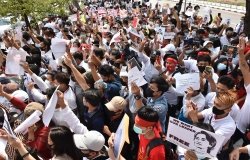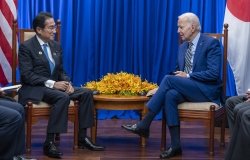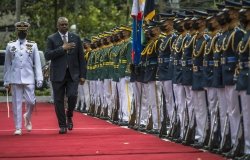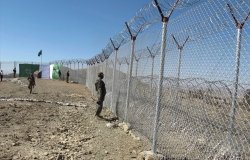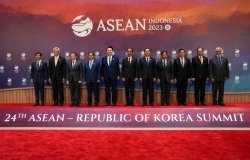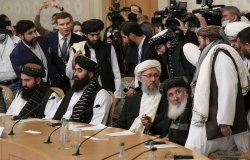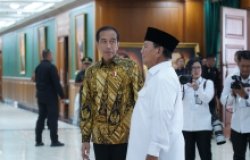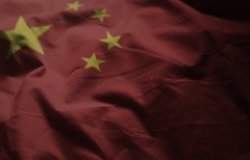
A blog of the Indo-Pacific Program
After the US-Japan Summit, Time to Expand Indo-Pacific Economic Networks
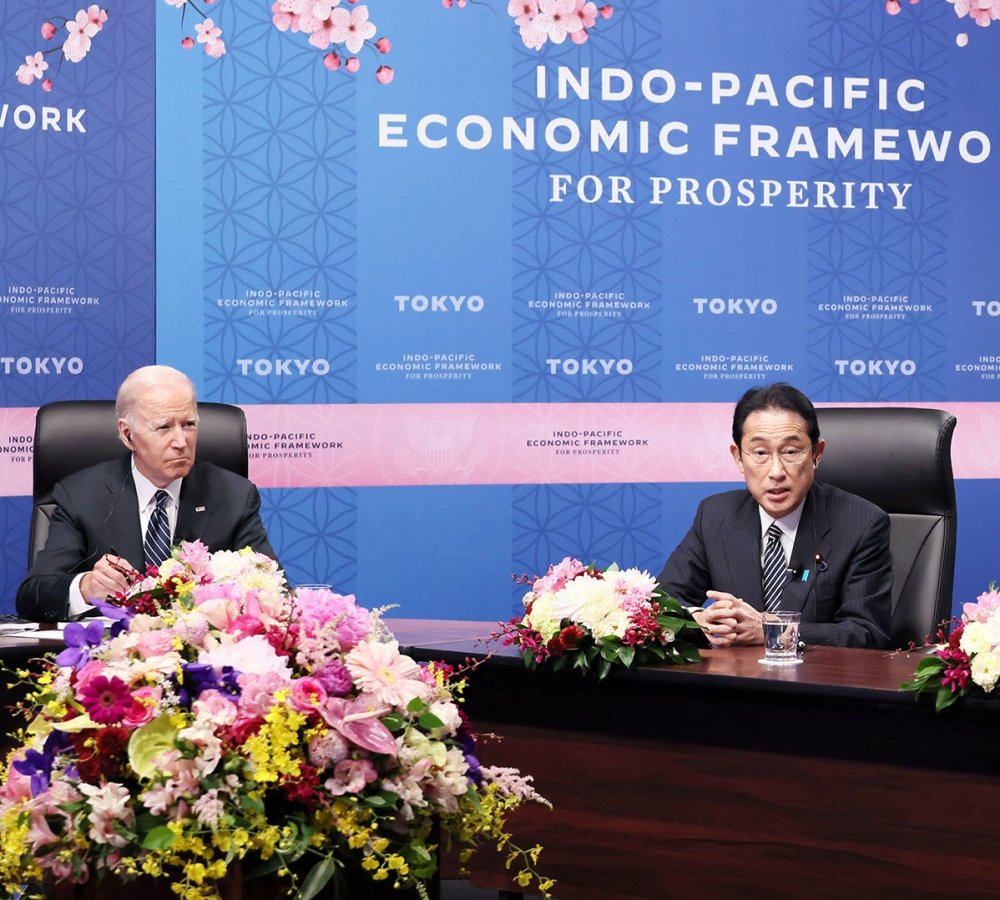
Prime Minister's Office of Japan via Wikimedia Commons
A new dawn is emerging in the regional order of the Indo-Pacific, with Japan playing a central role in keeping the region focused on shared concerns. At the summit meeting between Japanese Prime Minister Fumio Kishida and President Biden in Washington DC this week, concerted efforts to demonstrate the depth and breadth of partnership between Japan and the United States was on full display that went well beyond pageantry. But amid concerted efforts to expand the networks of security partnerships across the region, prospects for enhancing the latticework of economic ties continue to lag behind.
The good news is that trade relations are no longer the source of heightened tension as in the decades past. Instead, shared concerns about the China challenge have emerged as a driving force for greater strategic economic cooperation. Wariness of Chinese economic coercion and Beijing’s abuse of advanced technologies have become the driving force for greater cooperation on technology development. The latest development in bilateral economic partnership also brings much-needed capital as well as political buy-in to ensure sustained commitment to industries that will be key for future growth as well as security. Certainly, the excitement over new investments between the United States and Japan to bolster advanced technology cooperation is palpable, as are the initiatives to build up the workforce in emerging industries. Microsoft’s decision to invest $2.9 billion in Japanese AI and cloud infrastructure as well as workforce training is expected to jump-start Japanese spending in those critical sectors. Moreover, the announcement of new AI research partnerships between major US universities through funding from a consortium of Japanese companies, as well as NVIDIA, Amazon, Arm, and Microsoft, are expected to stimulate greater dynamism and innovation in Japanese universities in applied technologies.
Yet, the divide between the flourishing of security partnerships to enhance the defense of the Indo-Pacific and efforts to bolster greater prosperity in the region continues to grow. The latest summit meeting has laid the foundation for the two countries to coordinate efforts to expand security networks across the region. Including Japan in the second pillar of AUKUS together with Australia and the UK to further joint defense capabilities adds to Tokyo’s efforts to shift its military export policy in recent months. Moreover, the first trilateral summit between the United States, Japan, and the Philippines that immediately followed the Biden-Kishida meeting is enhancing coordinated defense posture in the South China Sea, which in turn will supplement US-Japan-ROK efforts against the North Korea threat. Efforts to enhance the latticework to deter China as well as North Korea and Russia are expected to deepen moving forward.
When it comes to economic coordination, however, there is yet no clear shared vision of what success would mean, especially when it comes to enticing the Global South. Japan and the United States may not see eye to eye when it comes to dealing with China as an economic challenge, but they are aligned when it comes to promoting innovation, establishing rules of new technologies, and protecting the rules-based economic order. For South and Southeast Asia, however, there is no clear gain for closer US-Japan ties on developing advanced technologies, nor even from preventing Chinese acquisition of such developments. Rather, their focus remains to secure investments as well as opportunities to go up the value chain and to avert the middle income trap.
The launch of the Luzon Economic Corridor to connect Subic Bay, Clark, Bantangas, and Manila as the first project under the Partnership for Global Infrastructure and Investment is promising for the Philippines, given its focus on developing transportation projects including civilian port upgrades and investing in semiconductor manufacturing capabilities in the country. Its success will be vital, especially given that over half of Southeast Asians surveyed by Singaporean think tank ISEAS-Yusof Ishak Institute would choose China over the United States should they need to pick a side.
The China challenge has spurred greater cooperation between Japan and the United States in developing pioneering technologies. But fear of Beijing alone is not the motivating factor. Rather, joint investment in critical technologies and harnessing the power of the private sector in particular will be a driving force in shaping the economic relationship between Tokyo and Washington moving forward. Similarly, wariness of China alone will not be enough to entice countries across the Indo-Pacific to be an integral part of the latticework that is emerging to act as a deterrence against Chinese aggressions. Ensuring the success of the Luzon initiative and replicating its model through partnerships between governments as well as the private sector will be vital to ensure that there is lasting support for the free and open Indo-Pacific vision that is now firmly a force unifier between the United States and Japan.
The views expressed are the author's alone, and do not represent the views of the US Government or the Wilson Center. Copyright 2024, Indo-Pacific Program. All rights reserved.
About the Author

Shihoko Goto
Shihoko Goto is the director the Indo-Pacific Program at the Wilson Center. Her research focuses on the economics and politics of Japan, Taiwan, and South Korea, as well as US policy in Northeast Asia. A seasoned journalist and analyst, she has reported from Tokyo and Washington for Dow Jones and UPI on the global economy, international trade, and Asian markets. A columnist for The Diplomat magazine and contributing editor to The Globalist, she was previously a donor country relations officer for the World Bank and has been awarded fellowships from the East-West Center and the Knight Foundation, among others.
Read More
Indo-Pacific Program
The Indo-Pacific Program promotes policy debate and intellectual discussions on US interests in the Asia-Pacific as well as political, economic, security, and social issues relating to the world’s most populous and economically dynamic region. Read more

